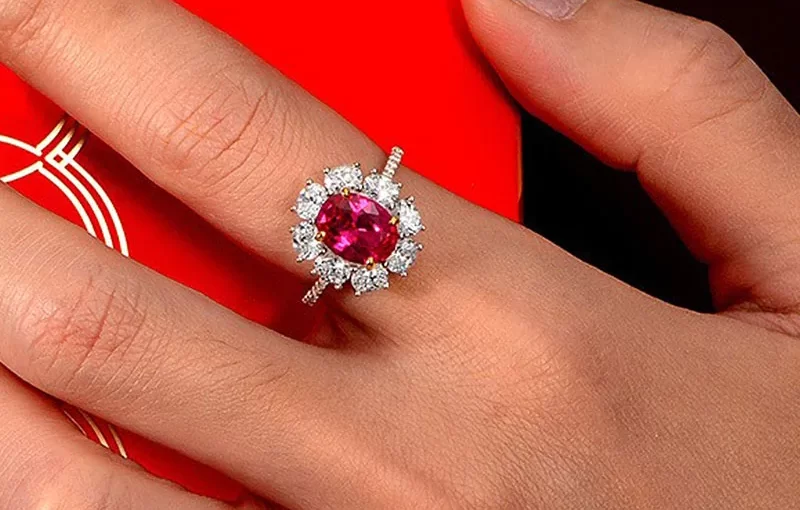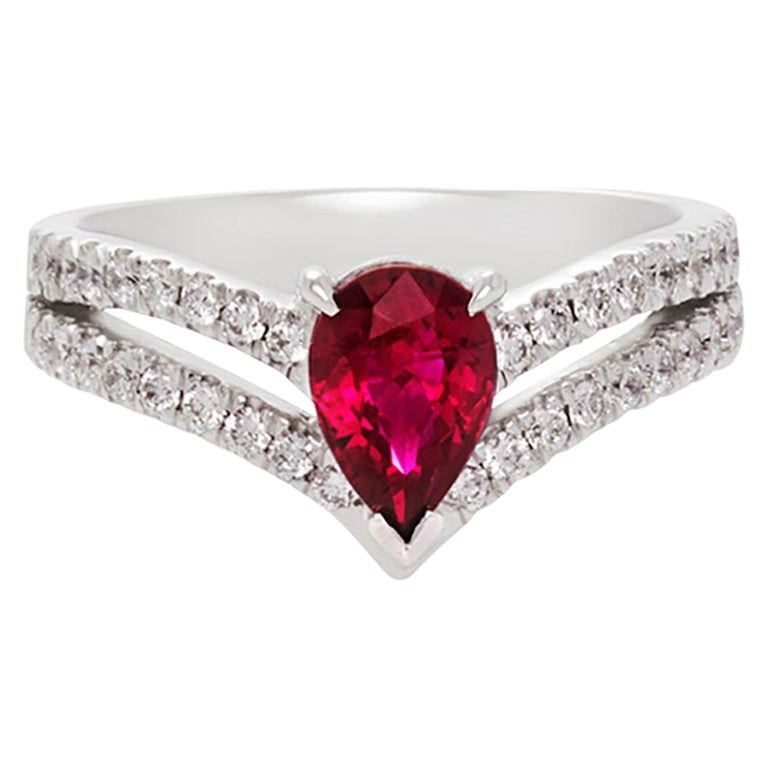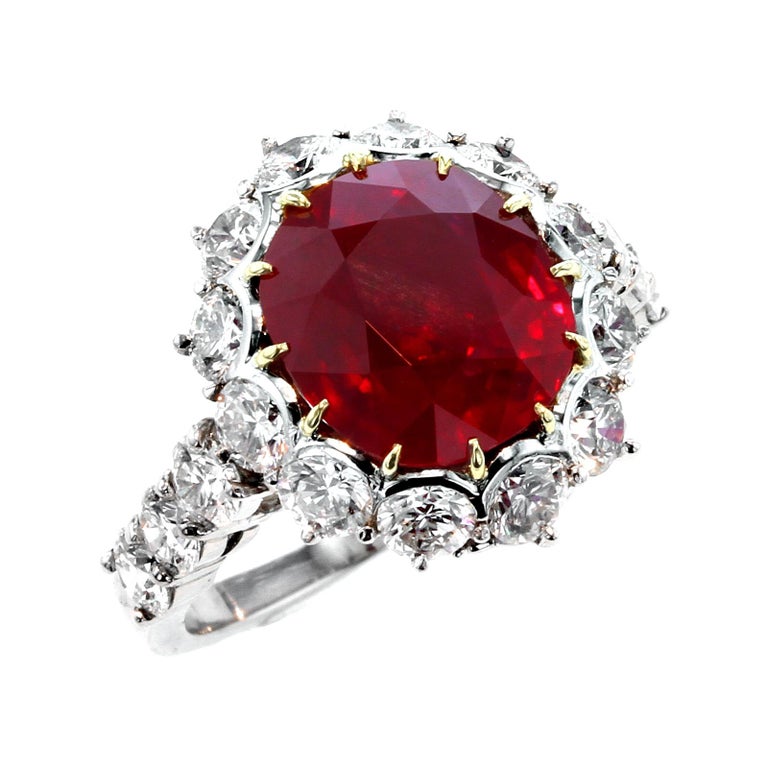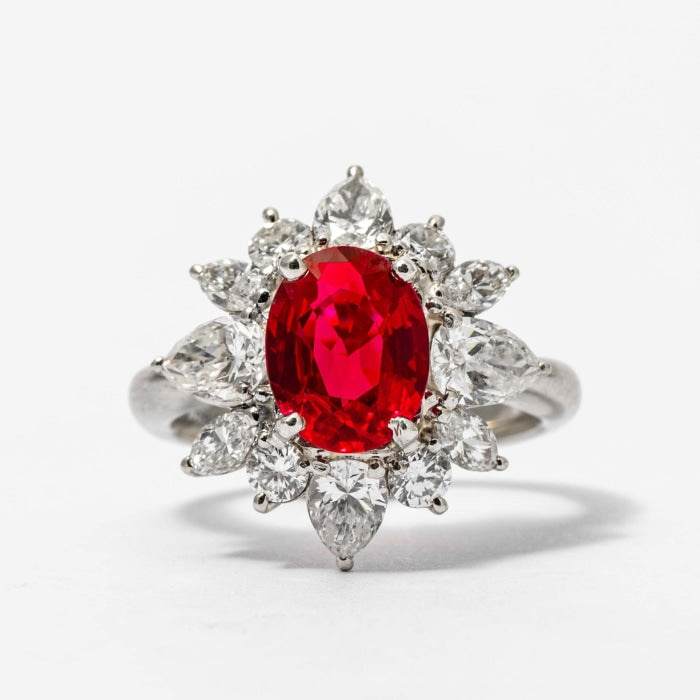Introduction
A blood diamond ring is a piece of jewelry that is notoriously associated with human rights abuses and violence. Blood diamonds, also known as conflict diamonds, are diamonds that have been mined in a war zone. They are sold to finance insurgencies or military action against governments. The term “blood diamond” gained widespread recognition after the release of the 2006 film of the same name, starring Leonardo DiCaprio.
When we think of diamonds, we often picture glamour, luxury, and everlasting love. However, there is a darker side to the diamond industry that is often hidden from view. Blood diamonds, also known as conflict diamonds, are mined in war zones and sold to finance insurgencies against governments. These diamonds are often used to fund armed conflict, support warlords, and perpetuate human suffering. In this article, we will delve into the world of blood diamond rings, exploring their origins, impact, and the ethical considerations surrounding their purchase.
Part 1: The Origin of Blood Diamonds
Blood diamonds are typically mined in African countries such as Sierra Leone, Angola, and the Democratic Republic of the Congo, where they are used to fund civil wars and armed conflicts. These diamonds are often extracted under horrific conditions, with workers subjected to exploitation, violence, and inhumane treatment. The profits from the sale of blood diamonds are used to finance warfare, contributing to the loss of countless lives and the displacement of entire communities.
The diamond trade has been plagued by controversy for decades, with human rights abuses and environmental degradation being common in diamond-producing regions. The Kimberley Process Certification Scheme was established in 2003 to combat the trade in conflict diamonds, but challenges persist in achieving full compliance and transparency within the industry.
Part 2: The Impact of Blood Diamond Rings
The allure of blood diamonds has a devastating impact on the lives of those involved in their mining and trade. The proceeds from these diamonds often perpetuate conflict and instability in regions already ravaged by war, leading to further suffering and displacement of populations. The environmental impact of diamond mining is also significant, with extensive degradation of land and water resources occurring as a result of the extraction process.
Furthermore, the purchase of blood diamond rings perpetuates the cycle of violence and exploitation. Making consumers unwittingly complicit in the perpetuation of human suffering. Despite efforts to regulate the diamond trade, the sale of blood diamonds continues to fund conflict and contribute to the suffering of vulnerable communities.
Part 3: Ethical Considerations of Purchasing Blood Diamond Rings
The ethical considerations surrounding the purchase of blood diamond rings are complex and require careful thought and consideration. On one hand, some argue that boycotting all diamonds from conflict zones could unfairly punish legitimate miners and their communities. They rely on the diamond trade for their livelihoods. However, purchasing blood diamond ring perpetuates the cycle of violence and exploitation. Making consumers unwittingly complicit in the perpetuation of human suffering. Despite efforts to regulate the diamond trade, the sale of blood diamonds continues to fund conflict and contribute to the suffering of vulnerable communities.
Part 4: Alternatives to Blood Diamond Rings
In recent years, there has been a growing demand for ethically sourced and sustainable diamonds, with consumers seeking alternatives to traditional blood diamond rings. Companies such as Brilliant Earth and Clean Origin offer conflict-free and eco-friendly diamond options, sourced from responsible and transparent supply chains. Lab-grown diamonds have also gained popularity as a sustainable alternative to traditional mined diamonds.
By choosing ethically sourced and sustainable diamonds, consumers can make a positive impact by supporting responsible mining practices and reducing the demand for blood diamonds. These alternatives provide a way for consumers to enjoy the beauty and symbolism of the blood diamond ring without contributing to the cycle of violence and exploitation associated with blood diamonds.
Part 5: The hidden cost of blood diamond rings
The mining of blood diamonds often results in severe environmental damage. Large areas of land are excavated and stripped of vegetation, leading to soil erosion and habitat destruction. Pollutants from mining operations can contaminate local water sources, impacting the health of nearby communities and wildlife. In addition, the use of heavy machinery and explosives in diamond mining can release harmful chemicals and greenhouse gases into the atmosphere, contributing to climate change.
Beyond the environmental impact, the mining and trade of blood diamonds often involve gross human rights abuses. Many diamond mines are located in conflict zones, where armed groups use the money from diamond sales to fund violent activities. Miners, including children, are often forced to work in dangerous and exploitative conditions, with little to no pay. In some cases, these miners are subjected to physical abuse and have their basic rights violated.
Part 6: Ethical alternatives to blood diamond rings
An ethical alternative to blood diamond rings is to choose lab-grown diamonds. These diamonds are created in controlled environments using advanced technology, and they have the same physical and chemical properties as natural diamonds. Lab-grown diamonds are guaranteed to be conflict-free and do not contribute to environmental damage or human rights abuses. They are also often more affordable than natural diamonds, making them an attractive option for conscientious consumers.
Another ethical alternative to blood diamond rings is to consider vintage or recycled diamonds. These diamonds have been previously mined and cut, and they are often repurposed from older jewelry pieces. Choosing the vintage or recycled diamonds. The consumers can reduce the demand for new diamond mining and contribute to the conservation of natural resources. Additionally, these diamonds have a unique and timeless appeal. They are making diamonds a meaningful choice for engagement and wedding rings.
Part 7: The importance of ethical sourcing
Consumers can play a crucial role in promoting ethical sourcing practices by supporting jewelry brands. They are committed to responsible sourcing. Before purchasing a diamond ring, it is essential to research and choose a reputable jeweler. It can provide information about the diamond’s origins and ethical certifications. By choosing to support responsible jewelry brands, consumers can help to incentivize ethical practices within the industry and contribute.
Beyond individual purchasing decisions, raising awareness about the issue of blood diamonds and advocating for change within the jewelry industry is essential. Consumers can educate themselves and others about the impact of blood diamond mining. And they can engage with jewelry companies and policymakers to demand transparency and ethical sourcing practices. By working collectively to hold the industry accountable, consumers can help to drive positive change. They also promote the adoption of ethical standards for diamond sourcing.
Conclusion
The purchase of blood diamond rings perpetuates the cycle of violence and exploitation. Making consumers unwittingly complicit in the perpetuation of human suffering. Despite efforts to regulate the diamond trade, the sale of blood diamonds continues to fund conflict and contribute to the suffering of vulnerable communities.
In conclusion, the true cost of glamour behind blood diamond rings cannot be ignored. Understanding the origins, impact, and ethical considerations surrounding the purchase of the blood diamond ring. Consumers can make informed choices and consider alternatives that align with their values. Ultimately, the decision to opt for ethically sourced and sustainable diamond options can have a positive impact. And supporting responsible mining practices and reducing the demand for blood diamonds. It is crucial for consumers to educate themselves and choose conscientiously. It comes to selecting the symbol of everlasting love and commitment that a diamond ring represents.



